Plum is one of the most popular fruit trees in our country. A wonderful harvest of unpretentious wood, with delicious fruits brought her great popularity. Thanks to breeders, it has become the basis for a large number of hybrids, which attract an amazing taste. These varieties are especially popular, like a peach and apricot drain. At the same time, the fruits have a dark color, orange juicy flesh. This tree is well vaccinated, most of the varieties of frost resistant, so it is perfectly fruit and in the middle lane, where frost occurs in April. Next, we will tell you more about the features of various varieties of this culture.
Content
Culture characteristics
Plum refers to the nature of the bone plants, to the family of pink. Today there are several hundred species of plums. Moreover, they are mainly growing in northern moderate latitudes. Leaves have plants simple with gear edges. Flower kidneys usually bloom at the same time with sheets or 1-2 weeks later. While white or pink flowers appear during flowering, each of which has 5 cups and petals. Directly the fruit is a small bunch, which usually has a large enough bone in the middle. The drain can be violet, yellow, bright red, dark green or blue.
Classification and description of plum varieties
All varieties of plums, which have a very large amount, can be divided into several categories:
- Edible - those plums that can be eaten. Their fruits are distinguished by a large size, soft structure and sweet taste. As a rule, all the fruits of edible plums were taken artificially to endow them with large dimensions and pleasant taste.
- Conditionally edible. This group includes wild plums. Their fruits can be eaten, but they have a small size and not quite pleasant taste.
- Decorative. Such plums are not kept due to fruit, but due to their beautiful flowering and interesting form of leaves. Decorative varieties can be bolden by the decoration of the garden.
In this article, we will pay more attention to the edible plum grades, because they constitute the overwhelming majority among cultural plants of this species. They can be divided into three categories:
- Dessert - varieties that eat in fresh form.
- Culinary - varieties of drain, of which are preparing various dishes (jam, jams, mousses, compotes, fruit wines, desserts, etc.).
- Universal. They are used for food, and for cooking dishes.
Domestic plum
Domestic plum is one of the most popular species of this fruit tree. It can be divided into several subspecies that contain a large number of varieties in its composition:
- Natural home plum hybrids. This subgroup includes almost all vintage European varieties of this culture. The fruits of natural plum hybrids tend to have an ovoid shape, large or medium size. Fruit color yellow, red-yellow, red or purple, pulp, usually yellow. With full maturation, it has a very sweet and delicate taste. The most vivid representatives of this subgroup are old European varieties: Angelina Buret, Anna Shpette, Victoria, King and others, as well as modern hybrids based on these varieties, such as Avalon, Juba, Escaliur, Herman, draining Kuban and others.
- Italian plum and relicod. Fruits of trees of this usually rounded medium-sized form. Their skin most often has a yellow or greenish color and light green elastic flesh. Less often are plums with purple peel color, especially in the fruits of some varieties of renod. The most common varieties of this subspecies: Große Grüne Reneklode, Reine Claude verte and others. Much popularity among European gardeners has a Rencle Count Althann's derived in Bohemia. On the Internet you can find photos of the plum of this subspecies.
- Mirabel. This is a plum hybrid with Alych. Moravele fruits have a small size, rounded shape and juicy flesh. The popularity of the varieties of this subspecies is so great that their cultivation is paid to the attention of the whole region of France - Lorraine, where it is a regional product. Also, Mirabel is successfully grown in the countries of Central and Southern Europe. From the fruits of these varieties make amazing jams of golden color, as well as famous for the message of the old light of a plum brandy. The most vivid representatives of the subgroup: Mirabelle de Nancy, Ruby, Golden Sphere.
- Territory. The trees of this subspecies have excellent climatic characteristics, they are most enduring among all varieties of the species, perfectly carry high moisture, sharp drops of temperature and shadow. Trees of ternosliva have a vertical nature of growth, which distinguishes them from other representatives of the species whose crown is widespread. The fruits of this subspecies are endowed with small dimensions, as well as saturated sour and sweet and tart taste. Thanks to these characteristics, the fruits are more culinary purposes. Of them prepare delicious jams. Their skin is usually dark purple, almost black color with a green flesh. The shortcomings of the grades of ternosliva include small fruits and the fact that their flesh is quite difficult to separate from the bone, which complicates the culinary processing. Of the most famous varieties of this subspecies, you can highlight the following - Merryweather, Shropshire Prune, Farleigh, Langley.
- Modern hybrids of plants. Among the hybrids of subspecies, the domestic plum in our country is the most common opal and Ariel, as well as the most popular variety - Hungarian.
Other types of plums
Plum Chinese
Under this type of breeders understand several varieties growing mainly in Central Asia. Chinese plum trees are highlighted in early bloom and beautiful frost resistance. Their fruits are distinguished by a rounded form and a reddish skin. The Chinese plum has become the basis for the removal of very prolific and delicious hybrids. As a rule, the fruits of these varieties have a smaller taste with a smaller accommodation in comparison with European varieties. The names of the varieties of fading subspecies: Lizzie, Methley, as well as a red ball growing in Russia, Sukhanovskaya, and others.
Plum Alycha
Alycha plum is a fruit tree popular in Russia. This variety of plants looks more like a cherry thanks to its small round fruits. Ripe Alycha has sour-sweet juicy fruits, which can be used in food with raw and subjected to culinary processing. Of these, amazing jams are boiled, compotes, the taste of which allows you to quench thirst even in a strong heat.
The most popular grades in Russia
- Plum honey white. Grade derived in Ukraine. High-hearted tree with an extensive crown of medium density. Perfect freezing, it has a high yield, resistant to droughts. Thanks to these qualities, it is perfectly fruitful even in areas with a sharp continental climate. The fruits of white honey have a round shape, medium size. The color of the fetus is yellow with a small "wax chain", from which it is also called the yellow plum. Soft and very sweet taste made honey plums by the leader among dessert varieties.
- Anna Spet. This variety was removed in the middle of the last century in Germany. Wood crown is a wide structure. Branches are quite strong with plenty of inflorescences. The fruit is egg-shaped, medium and large sizes with purple leather and greenish pulp. Sweet fruits taste perfectly suitable for consuming in raw form and for some canning methods. Practically not suitable for the preparation of dried fruits and freezing. Good yield and later maturation time made this variety popular on the territory of the former USSR.
- Hungarian ordinary. Perhaps the most popular variety of plums. Trees of ordinary Hungarian do not differ in height and thick crown. The fruits of medium sized, oval shape, with a purple peel and a heavy raid. The taste of Hungarian ordinary sour-sweet with moderate juiciness.
Why it is worth growing
On the benefits of culture
It is no secret that the plum is a rather useful culture. In particular, it is rich in necessary minerals, vitamins and other substances important for life. As for calories, in 100 grams contained only about 29-31 kilocalories. In addition, the fruits are saturated with carbohydrates, proteins, useful organic acids, food fibers, calcium, potassium, sodium, magnesium, phosphorus, chrome. They are concentrated with iodine, zinc, manganese, fluorine and copper. There is still vitamin A, C, E, PP, as well as groups B. In particular, a lot in the fruits of a plum tree of vitamin P, which is able to reduce blood pressure and strengthen the walls of blood vessels. And it is preserved even after processing.
Thanks to the content of vitamin C, plums help strengthen the immune system, which will especially be useful for ORVI and flu. It is only worth remembering that prevention will be useful only if it is carried out about a month before the start of a sharp increase in incidence. Organic acids that are concentrated in these useful fruits, help with low acidity of the stomach. But it is not necessary to get involved in draining people who suffer from gastritis with increased acidity.
Fruits in the fresh and dried possess some laxative action. Therefore, they are used in bowel atony and constipation. In addition, they contribute to the removal of poor cholesterol from the human body. Sweet varieties are useful for various diseases of the liver and kidney, as well as at elevated arterial pressure. They contain potassium, which has a diuretic effect, which helps the removal of excess salts and moisture from the body. They are also useful in rheumatism and in the pathologies of metabolism. Healing properties possess not only the fruits of a plum tree, but also leaves. The decoction and grazing of them are used as a wound healing.
Plums are also useful in what can derive harmful radionuclides from the body, carcinogens and salts of heavy metals. It is also worth noting that thanks to the large content of vitamin B2, they allow you to strengthen the cardiovascular and nervous system, as well as improved protein exchange.
In the fruits of this culture contains quite a lot of potassium salts. They help maintain the normal work of the heart, take an active part in the process of supporting the acid-alkaline balance in the body. In addition, it allows you to improve urine removal and bile outflow. Fruits are useful for improving appetite. In addition, their use is shown during atherosclerosis.
Plum use and methods
These fruits are especially useful for women during pregnancy, because they improve digestion and at the same time enhance the intestinal peristalsis. Children are better to give plum, starting from 11-monthly age. For this, the pieces of fruits first add to rice porridge or cottword. Plums and prunes are with frequent constipation of children. Among other things, they can be used to treat various leaf's ailments and at bronchial asthma. According to scientists, they are able to remove harmful cholesterol from the body. Therefore, plums will be useful in the treatment of atherosclerosis, with elevated arterial pressure, as well as for various diseases of the gallbladder.
Thanks to the content of vitamin B, they are recommended to normalize the operation of the nervous system than, in particular, they can even maintain a good mood. They also mentioned above are very useful in constipation. After all, are soft laxative. This is possible due to organic acids and fiber, which irritate the walls of the digestive tract.
Plums even have antiseptic properties, which make it possible to use them for disinfection of the oral cavity. Thanks to the large content of iron, they can help people who suffer from iron deficiency anemia.
In general, the fruits of a plum tree are best to use fresh. So, they maintain the largest amount of useful substances. If the season is such that they are in a fresh form not to find, you can be replaced with dried or frozen plums. In this form, they retain their properties best. It is worth saying that at a time not to overload the stomach, you can not eat too much fruit. Otherwise, the excess can contribute to increased gas formation and discomfort in the abdomen. On the day it is enough to eat up to 3-4 drains.
The fruits of the plum tree are still used in cosmetology. For example, used as a folk natural product for hair and skin. Masks made of pulp when applied to the skin in the evening, before leaving to sleep, are able to refresh, moisturize the skin, remove fatigue, as well as saturate it with the necessary vitamins and microelements.
What is worth knowing about
Under some drain conditions can be harmful. In particular, it happens when the sense of measure is not respected. In addition, fruits and juice of them are contraindicated at elevated acidity of the gastric juice. In addition, it is not necessary to give them to breast kids, otherwise it can increase gas formation in the intestine.
Drain should not be included in the diet to people with diabetes. After all, it contains quite a lot of sugar. In addition, it is not necessary to abuse fruits in the presence of obesity. In some children, plums can cause pain in the stomach, and even sometimes the cause of intestinal disorders. In addition, the fruits are contraindicated to use with periodic rheumatic pains and when goug. This is due to the fact that they help to carry out an excess liquid from the body, which causes only harm at the specified ailments. In addition, it is worth remembering that it is not necessary to eat plums unreasonable. After all, such fruits are simply sexy and in some cases they can harm. It is also necessary to remember that with their heat treatment, at least 25% of vitamins are spent.

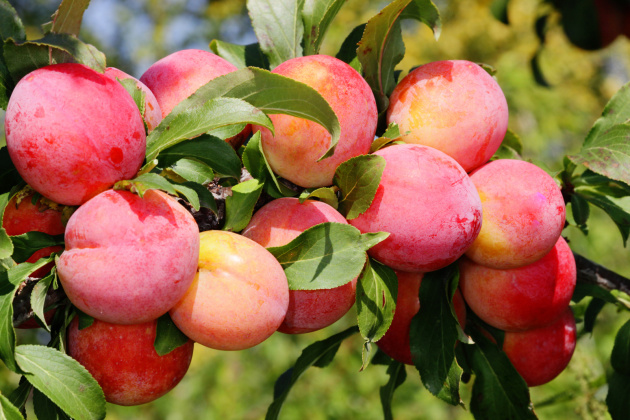
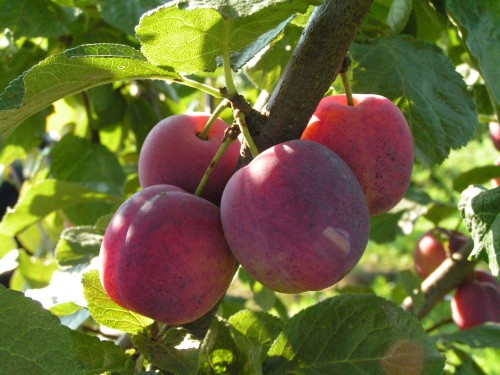
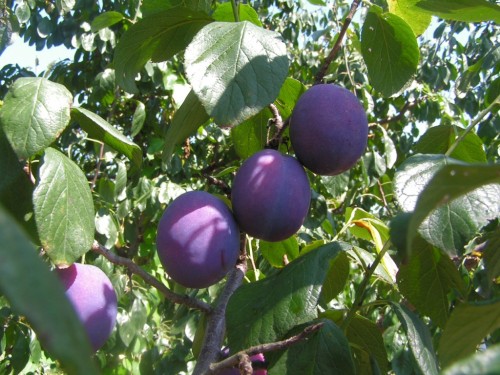
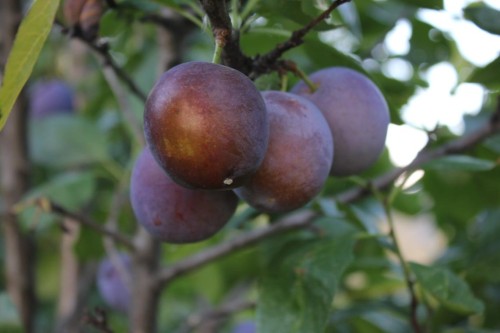

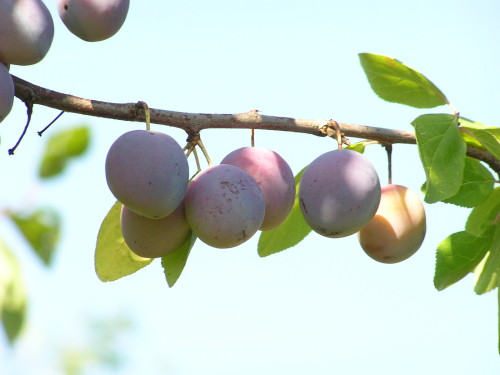
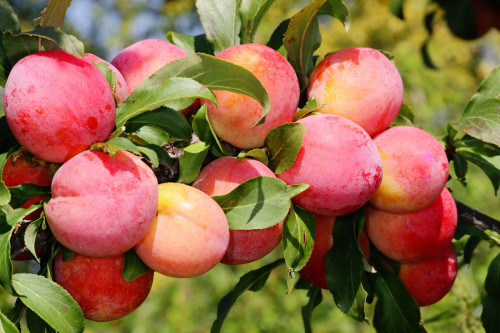
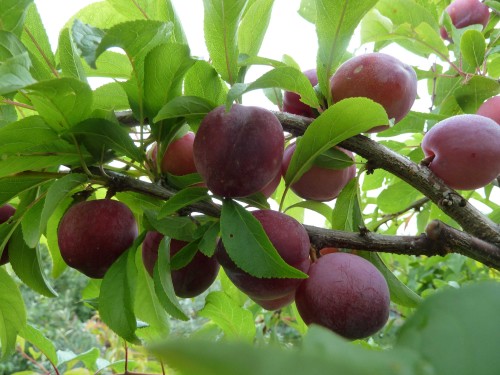
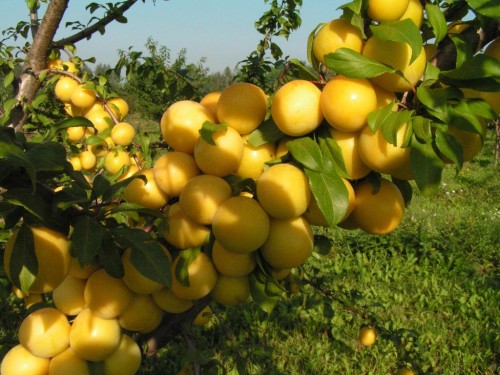
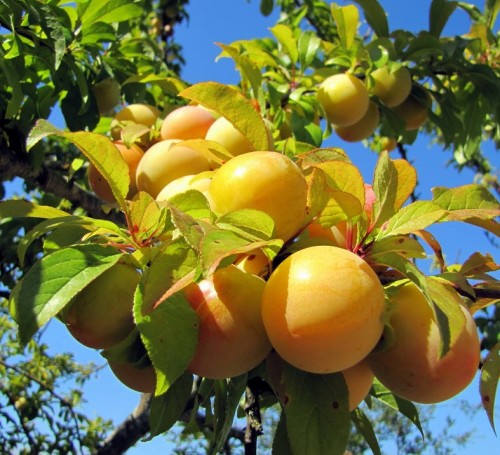
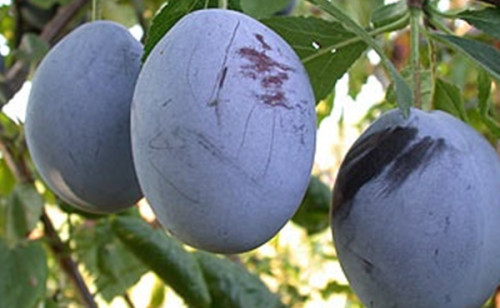
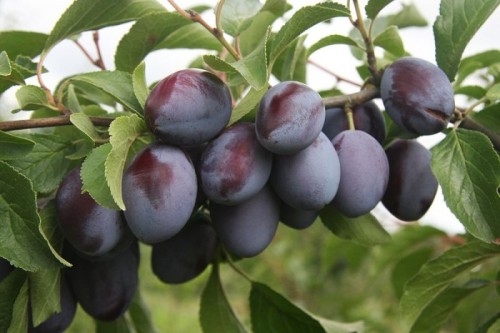
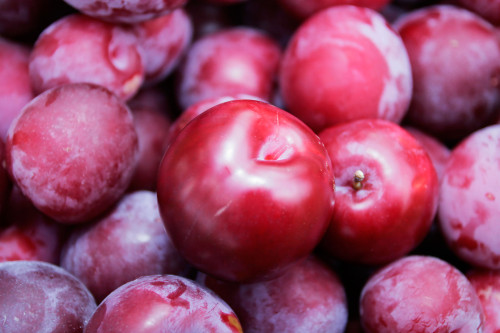
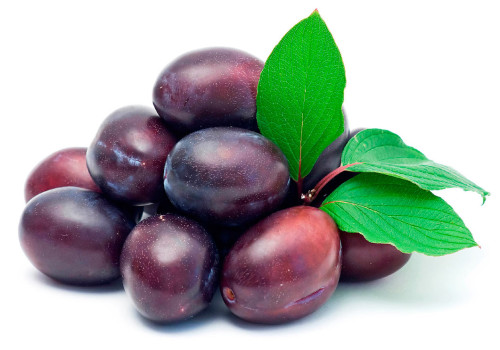
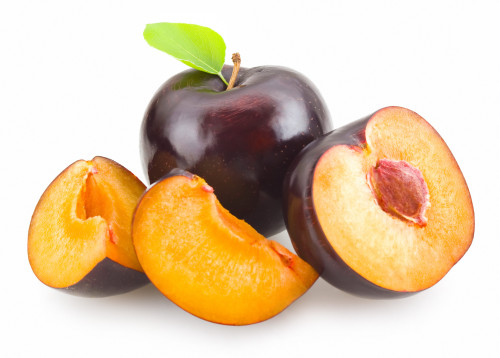












 Start a discussion ...
Start a discussion ...